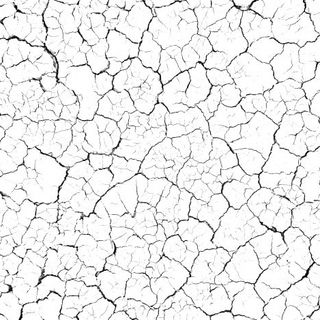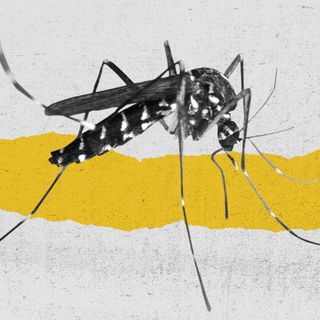The climate crisis has led to severe water scarcity around the globe, which has spurred agricultural corporations and farmers to engage in water theft. Almost 30% to 50% of the world’s water supply is currently stolen each year, a new international study published in Nature Sustainability finds, and the reasons for the crime are complex, and not all that criminal.
Called “Grand Theft Water,” the study attributes uncertain supply of water, combined with growing demand, for growing water theft. It’s not the agricultural users around the world — who account for 70% of total water use globally — that are to blame, but a systemic failure of governments and institutions around the world that allows the water crisis to worsen every year.
“If users are motivated to steal water because it is scarce, and they need it to keep a crop alive, then the opportunity cost of that water may far exceed the penalty, and theft will occur,” lead author of the study Dr. Adam Loch, from the University of Adelaide’s Centre for Global Food and Resources, told The Guardian.
The researchers modeled their reasoning on three case studies, exploring water theft in the cotton industry in Australia, marijuana growing in the United States, and the strawberry fields in Spain. They found farmers in Australia were ignoring environmental limits to water use to irrigate their cotton fields, bolstered by the lack of water sharing rules in the region, and a lack of implementation of water laws that led groundwater extraction run rampant without any regulation.
Related on The Swaddle:
Why We’re All Not Drinking Ocean Water Yet
In Spain, they found regulators who tried to stop agricultural users from stealing water were often assaulted, and in the U.S., they documented marijuana growers stealing water from fire hydrants, without adequate purview from the police.
In India, too, the last few years have witnessed an increasing number of water thefts, which has already led to widespread arrests of farmers engaging in water diversion from canals and dams to their own fields. The problem is also widespread in Indian cities, where an illegal water trade has been thriving for several years, crippling major metropolis’ water distribution networks. One of the ways this happens is illegal extraction of groundwater, which then makes its way to misbranded water bottles and private water tankers that are sold at exorbitant prices to marginalized communities, and in some cases, large corporations.
These behaviors will only become more common in the future, as the climate crisis exacerbates water scarcity. Research shows global warming will trigger more crimes, including robberies, murders, rapes, and other kinds of assaults. The state of the climate will only fuel more aggression and conflict — not just psychologically, as temperatures rise around the world, but also culturally, as more and more industries, especially in developing countries, see economic ruin.
Water theft is the perfect example of how this is already playing out — people insecure about their livelihoods are resorting to illegal ways to sustain their crops, and other kinds of income, thereby contributing to more unrest, insecurity, and environmental devastation. But it’s imperative we look at the bigger picture — penalizing water theft is a temporary solution that will not solve the larger water crisis problem that is currently ravaging the world. More equitable and affordable distribution of water, targeted toward industries and communities that are worst affected by this crisis, is the way to tackle a systemic problem that we know is only going to lure in more disillusioned people as time, and the climate crisis, goes on.




